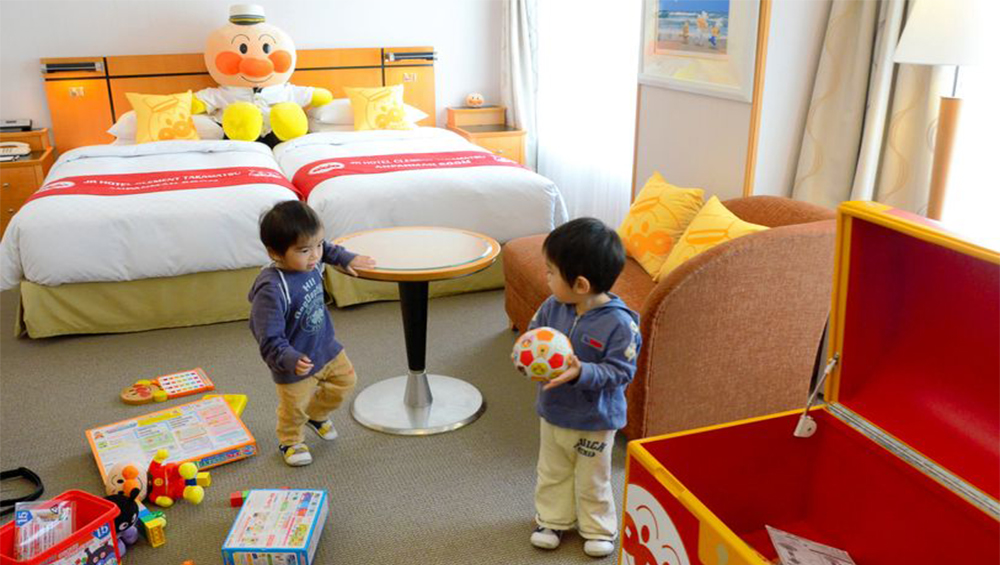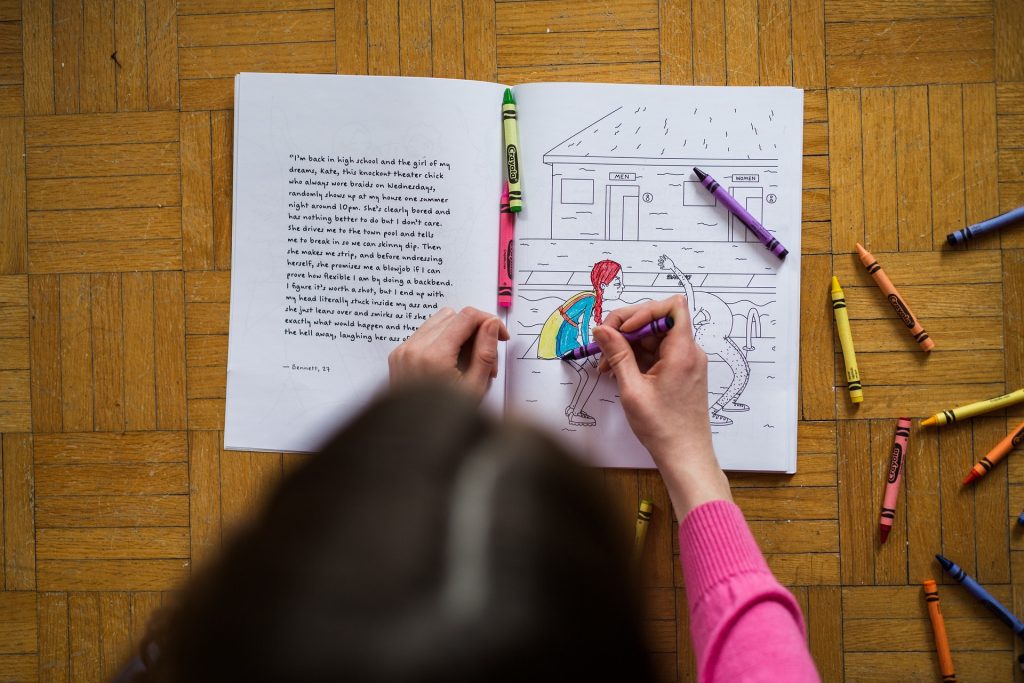A Guide for After-School Enrichment Coordinators
It is a great practice to bring wonderful before- and after-school enrichment programs to our children right at our schools. School is the most convenient place for such programs for both children and parents, removing the need for transportation. Many enrichment programs today (whether from third-party providers or from school teachers or parent volunteers) can be extremely fun, creative, inspirational, and eye-opening for kids. For example, we’ve seen programs on robotics, sewing, ceramics, programming, chess, public speaking, cooking, sports, carpentry, and foreign languages. These are precious opportunities for children to be exposed to a wide variety of topics and to learn through fun.
However, managing after-school programs is a complex operation including selecting providers and programs, coordinating with enrichment providers on programs and locations, interacting with parents for registration, managing class volunteers and granting scholarships, maintaining up-to-date rosters to be on top of our children’s whereabouts after school hours, and managing payment to enrichment providers. To significantly reduce this complexity and to contribute to our school communities, 6crickets donates its online enrichment registration and management platform to schools/PTAs, third-party enrichment providers, and parents at no cost (6crickets.com/afterschool). 6crickets has now worked with dozens of schools to manage their after-school enrichment programs and registrations. In this guide, we share with you the collective experience from working with these schools and give enrichment coordinators like you a roadmap and tools that you can leverage to significantly simplify the enrichment management process.
For the rest of this guide, we break down the enrichment management process into seven steps and describe what you need to do for each step in subsequent sections: (1) determine room and time availability for your school’s enrichment classes, (2) select enrichment providers and programs, (3) vet third-party enrichment providers, (4) finalize class details, (5) provide class listing and registration to parents, (6) organize parents volunteers for enrichment classes, (7) manage scholarships.
1. Determine room and time availabilities
First, you need to determine when and where enrichment classes could take place in your school. You will need to discuss with your school’s office managers who may in turn need to discuss with the principals or teachers on which class rooms can be made available for enrichment classes. After this discussion, you should know (1) the maximum number of classes that can be offered at your school, (2) the time period for each class, (3) the maximum number of students allowed for each class. With this information, you can now set off to look for suitable enrichment providers or teacher/parent volunteers to offer the classes.
2. Select enrichment providers and programs
It is often desirable to choose programs that are not taught in a regular school setting. Some key criteria are diversity, novelty, and learning through fun. Popular enrichment topics we have seen include sports, STEAM (Science, Technology, Engineering, Art, and Math), board games, foreign languages, and public speaking/drama. Sometimes, school teachers or parent volunteers may want to offer after-school enrichment classes. There are also many third-party enrichment providers near you. Here are some ways for you to gather enrichment provider candidates:
1. Do a Google (or Bing) search as well as Google Maps search on “after school enrichment”. Many choices should show up for your area. When searching on Maps, you can even see some review ratings.
2. Search on Yelp to also get provider ideas along with reviews.
3. You can look up a provider in Facebook to learn more about them including their reviews.
4. You can also outsource this part to 6crickets. 6crickets’s main service is 6crickets.com, a one-stop shop for children’s camps and classes. So, we have worked with hundreds of local providers, many of which have had reviews. 6crickets can help you compile a set of providers for your school based on your interests. For more details, please visit 6crickets.com/afterschool and email support@6crickets.com.
3. Vet third-party providers
It is common for school districts, schools or PTAs to vet a third-party provider candidate. Here is a list of forms that you may consider to ask them to submit to you, your school, or your school district for vetting and approval: state business license, city licenses, general liability insurance, certificate liability insurance for your school (they should be able to easily add a school to their liability insurance for free), each instructor’s driver’s license, state background check, fingerprint, adult sexual misconduct prevention certificate, volunteer agreement for your school, CPR first aid certificate, blood-borne pathogen certificate.
This can be a lot of tedious paper work. Nevertheless, you can leverage 6crickets’ free enrichment management platform to ask a provider to submit their vendor forms at 6crickets and grant you the permission to view and approve the forms online. This way, you can review all the forms of every provider online all on a single web page. No more paper waste and losing track of all this paperwork!

4. Finalize class details
Once you’ve vetted and approved a set of providers or lined up teacher or parent volunteers, you now need to work with them to finalize the class sessions to be offered at your school and assign time, day, and a room location for each session. At the end of this process, for each provider, you will obtain the following information (1) provider name and description (2) for each program this provider offers at your school, you should have program name and description, age or grade range. (3) the provider may offer the program for multiple sessions at different times and rooms; for each session, you should have the room number, days of the week, start and end time, start and end date, the minimum number of students required for the session to take place, and the maximum number of students allowed for the session.
If your school requires parent volunteers for enrichment classes or offers scholarships to low-income families, you will need to communicate your policies and practices with providers as well. Section 6 and 7 below present how you should handle these cases.
Now that you’ve finalized your after-school classes at our school, it is time to let the parents know and register for the classes.
5. Provide class listing and registration to parents
For this critical step, you should keep these important goals in mind for a smooth and efficient operation: (1) All classes should be listed clearly at one place for parents to find and choose. (2) Make it easy for parents to register any classes across different providers with just one registration form. The less paperwork, the more efficient it is for everyone. (3) Make payment distribution to providers as simple as possible to minimize your time spent here. (4) Efficiently maintain an up-to-date roster for all classes across different providers even in the face of cancellations and last minute registrations so that you as enrichment coordinators and school administrators will always know which student goes to which class.
The good news is that you can achieve all of these goals easily with 6crickets’ free, one-stop enrichment online registration platform (6crickets.com/afterschool).
You can email the class information you gathered from Step 4 to 6crickets’ support staff. They will then work with your providers and teacher/parent volunteers to set up their classes and create a one-stop online registration website portal dedicated for your school. You can then include a “Register After School Classes” hyperlink pointing to this portal in your school’s or PTA’s website or in your school’s newsletter to parents.

In more detail, here are the key time-saving features that this service offers:
1. One-stop enrichment online registration portal for the parents of your school: parents can come to a central page to see all the programs offered, free or not, and register for classes with a single login and registration form.
Parents no longer need to worry about scattering their logins and children’s information all over the place, but keep it centrally and safely at 6crickets. (Helen Wang, the founder of 6crickets, is a security and privacy expert and 6crickets gives the state-of-the-art protection for its users’ information.)
When a class fills up, parents will be able to sign up to receive notifications of new spots opening.
If a parent does not have a credit card, (s)he can pay the provider by check and be issued a discount code to register online at the school registration portal. If a parent has no online access, the student can also be added to the class roster online.
2. Automatic, instant payment to providers:When parents pay, 6crickets sends payment to enrichment providers instantly and automatically. So, you no longer need to deal with payment or manual invoicing with enrichment providers.
3. Central roster management: 6crickets offers a central page for enrichment coordinators or school administrators to view all the rosters from different providers in real-time. So, even if there are new last minute enrollment or cancellations, you will always have the up-to-date, accurate roster information for each class from every enrichment provider. The roster contains all the essential information about a student including parents’ contacts, emergency contacts, pick up contacts, medical information, etc. (you can find the registration form at 6crickets.com/kids). When a student needs to cancel a class, providers can issue a refund from their rosters online.
4. Flexible configurations: You can configure registration start and end time, waiver forms, custom questions for parents to answer during checkout.
5. Fund raising: You can configure to collect fees and donations in the enrichment registration process to raise funds for your school or PTA.
6. Live tech support: 6crickets has a full-time support team that can assist you with anything you need along the way. You can either chat with them online during work hours or email them at support@6crickets.com.
This service is part of 6crickets’ donation program to schools and the education community. So, it is completely free for parents, schools/PTAs, and providers. There is a standard credit card fee charged by the credit card payment processing company Stripe (2.9% plus 30 cents per transaction); typically such credit card fees are already included in the class pricing.
6. Organize parent volunteers for enrichment classes
Some schools have required or encouraged parent volunteers to chaperone at each enrichment class. We have seen schools do this in one of two ways.
In the first way, one parent signs up to chaperone every date of a program. This parent gets the class for free or at a highly discounted price for his/her child. In this case, you will send parents an email in advance seeking volunteers. You can then create a discount code at 6crickets for the parent volunteer to use at the checkout. You also need to inform the provider about this practice. Some schools require the provider to shoulder the cost of the volunteer. Other schools pay the remaining cost to the provider for the volunteer’s child. Please inform providers which volunteer will be present at the class.
The second way of organizing parent volunteers is to require every parent with a student in class to chaperone at least one date of the program in order for his/her child to participate.You can configure 6crickets to ask a question during checkout about which date the parent can volunteer and ask him/her to input the date in a parent volunteer Google Sheet collectively maintained by all the parents of the students of the class. Then, you can share the volunteer schedule spreadsheet with the provider. 6crickets Tech Support can easily assist with this process.
7. Manage scholarships
We highly recommend that you provide scholarship support to students from low-income families. Giving these students equal access to wonderful enrichment programming can change their lives. You can raise funds for scholarship purposes through the 6crickets registration process by charging parents fees or collecting donations (see Section 5 above).
To determine which families need help, you can leverage Google Forms to create a scholarship application form and distribute to your families. 6crickets can serve as the intermediary to approve applications based on your criteria so that family financial data is kept private from other school families including enrichment coordinators. 6crickets can then issue discount codes for low income families to register for enrichment classes for free or at a highly discounted rate.

Please be sure to coordinate with enrichment providers about payment for scholarship students and how many spots to allocate for these students in each class. You can open registrations for scholarship students first before announcing registrations to the rest of the families. You will need to send checks to providers to cover scholarships.
Concluding Remarks
You are doing your school’s children a great service by bringing wonderful enrichment programming to your school. The children will be exposed to a wide diversity of topics and learn through fun. It is a complex operation to manage after-school enrichment. Nevertheless, we hope this guide provides a clear roadmap for you. With the right process and the right set of tools, you can bring the best enrichment to your school with ease and at no additional cost.
6crickets’ mission is to bring the best enrichment programs to children through the best tools for parents, providers and schools. You can count on 6crickets to help you manage your school’s enrichment easily. Please email 6crickets’ Tech Support Team with any questions at support@6crickets.com.
The Author’s Biography:
Helen J. Wang Ph.D. is the CEO and cofounder of 6crickets which offers a one-stop shop for children’s camps and classes and supports enrichment providers and schools with free online registration platforms. Helen oversees the company’s strategic directions, product management, sales, marketing, and advanced research. 6crickets.com has supported more than 800 enrichment education businesses and served hundreds of thousands of parents. Prior to creating 6crickets, Helen was a world-renowned computer scientist conducting pioneering research in security, privacy and systems and transferring her inventions into real-world products impacting all Internet users. She published more than sixty research articles and spoke at numerous computer science conferences. She mentored more than thirty Ph.D. candidates for their research or dissertation, many of whom became professors at top universities and key leaders at high-tech companies. Helen received her Ph.D. in Computer Science from UC Berkeley in 2001 and her Bachelors from UT Austin in 1994. Helen is the mom of Corlan (born in 2007) and Quincy (born in 2009) who gave her inspiration for her 6crickets endeavor. She is also an active PTA member at her sons’ school.
This article has originally been posted on 6crickets.com.
Featured image copyright: jovannig / 123RF Stock Photo
























 Nancy Shaw is the founder of
Nancy Shaw is the founder of


